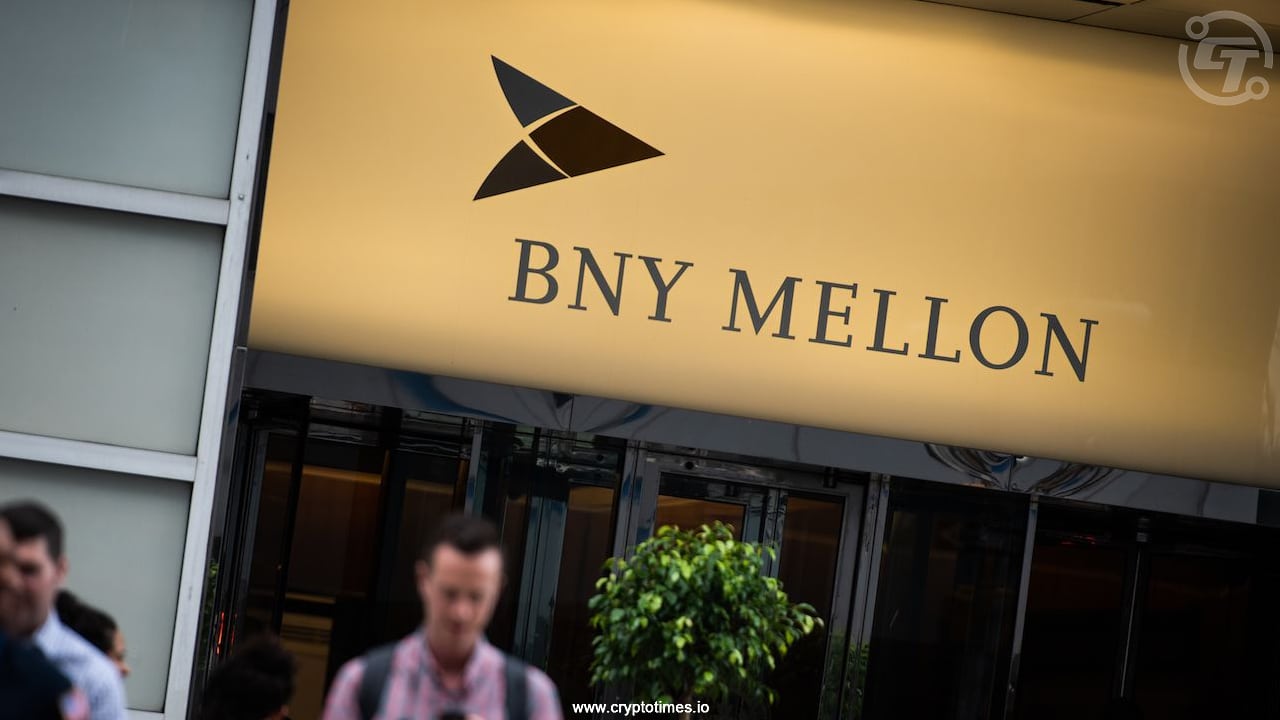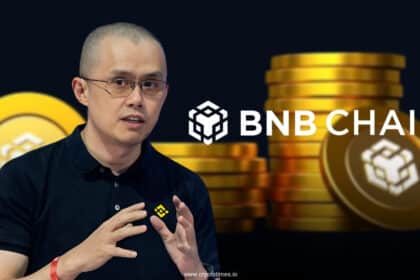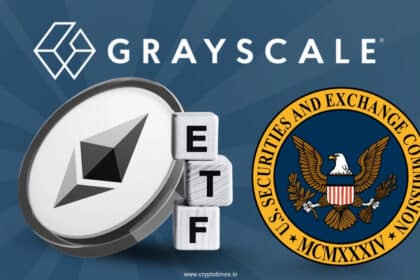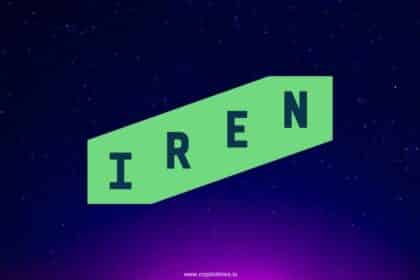The Bank of New York (BNY) is looking into using tokenized deposits to make payments faster and more secure. This move reflects the broader shift in the banking industry toward digital assets and blockchain-based payment solutions.
According to a report by Bloomberg, BNY’s pilot program will see if tokenized deposits can be used for everyday transactions. If it works, it could revolutionize the way traditional banks handle digital assets. Experts feel that such projects could pave the way for other banks and other financial institutions that want to use blockchain technology in their main business.
“Tokenized deposits could help banks overcome legacy technology constraints, making it easier to move deposits and payments across their own ecosystems and eventually, across the broader market as standards mature,” Carl Slabicki, Executive Platform Owner for Treasury Services at BNY, said in an interview.
BNY, one of the biggest custodians in the world with $55.8 trillion in assets under custody and administration, has been involved in digital assets and blockchain for a long time. In July, it said it would work with Goldman Sachs Group Inc. to use blockchain technology to keep track of who owns money market funds.
Along with more than 30 other global financial institutions, BNY is working with SWIFT to create a blockchain-based shared ledger. Real-time cross-border payments are the primary focus of the prototype.
Banking giants eye digital assets
The development by BNY comes at a time when other big banks and multinational companies are trying out ways to use digital assets to speed up and lower the cost of payments.
In June, JPMorgan Chase & Co. started testing a token called JPMD. Token stands for U.S. dollar deposits held at the bank and will be used to make transactions using blockchain technology. The goal was to let Coinbase’s business clients use JPMD to make transactions faster and more safely.











